Video Demos
each feature.
Explore our user-friendly but robust facility maintenance software. See how Maintenance Care can make your workday easier with real-life, facility manager-approved features.
Maintenance Care specializes in providing an easy to use Computerized Maintenance Management Software (CMMS) for a wide range of industries.
Lorem ipsum dolor sit amet, consectetur adipiscing elit, sed do eiusmod tempor incididunt ut labore et dolore magna aliqua. Ut enim ad minim veniam, quis nostrud exercitation ullamco laboris nis.
Access Your CMMS Preventive Maintenance Schedules on Any Device.

Any preventive maintenance software that helps lessen reactive work and reduce downtime will boost productivity and extend equipment lifespan in your facilities. For better decision making and prioritization, start by downloading our Top 40 Preventive Maintenance Checklist that any facility maintenance managers can begin using today. Take the next step by trying Maintenance Care's preventive maintenance management software and gain access to all the suggested maintenance items you can easily manage through your own Computerized Maintenance Management Software.

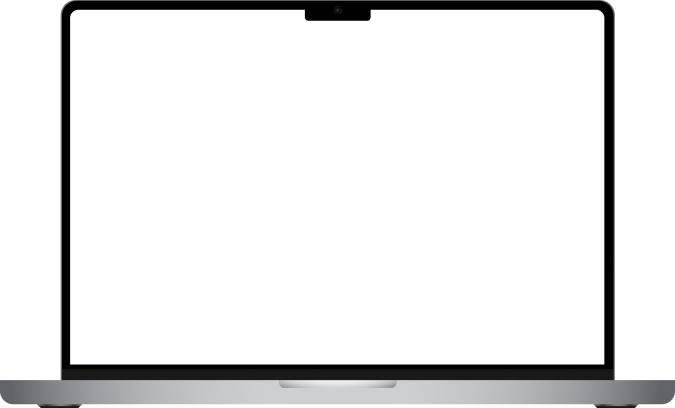
Plan the workload for your maintenance teams and improve building efficiencies using preventive maintenance scheduling within your facility management software. Review ongoing task scheduling routines, set a calendar date for each task and make changes easily to minimize unproductive time. Our interface is flexible and allows you to quickly and easily change task frequency, time of day and assignment responsibilities.
Manage your team quickly and efficiently.


Quickly isolate preventive maintenance tasks that require special attention and easily create a comprehensive report to maintain facility standards for compliance regulators or government inspectors. Preventive maintenance schedules will help you get organized by planning inspections determined to be most important to your organization.
Comply at all times and prevent surprises.


Schedule planned maintenance by automatically assigning tasks to your maintenance team members in your computerized maintenance management software (CMMS). Maintenance managers can pre-set and assign tasks to those with related skill sets. Improve communication and expectation-setting among your entire maintenance team with preventive maintenance.
Create accountability for preventive maintenance tasks and improve efficiency.


Automatically include special files or documents to any preventive maintenance task for easy access. Include MSDS forms, training PDFs, safety documentation and instructional videos and link them to preventive maintenance tasks for any team member to easily locate and reference.
Provide quick access to training and reference material.


Understanding the benefits of preventive maintenance software can significantly enhance your business operations, particularly in terms of cost efficiency and equipment longevity. Preventive maintenance software benefits include reduced downtime and extended asset life, leading to substantial cost savings. Businesses that leverage preventive maintenance software find immense value in the customer support and resources offered, especially in terms of effective maintenance strategies and troubleshooting.
A significant 26 percent reduction in equipment and asset downtime can be achieved through the application of analytics to track preventive maintenance. Insights available through digital maintenance management reporting tools provide valuable information on asset performance, helping to predict and prevent potential failures. These preventive maintenance benefits can dramatically improve operational efficiency and reduce costs.


In the course of utilizing preventative maintenance software, the incorporation of real data plays an indispensable role in bolstering management decisions and strategies. The role of data within this context is substantial; it provides actionable insights that drive informed, strategic decision-making related to planned maintenance, paving the way for data-driven management.
Through meticulous data analysis, management can identify patterns, anticipate issues, and streamline operations, thereby optimizing overall performance. Data-driven decision-making for pm tasks not only enhances operational efficiency but also fosters a culture of transparency and accountability. This concrete dependence on real data underscores its pivotal role in shaping the future of management.


Maintenance Care's CMMS software brings forth an assortment of benefits and offers functionalities that streamline the process of maintenance management. The preventive maintenance software implementation drives teams to complete tasks and fulfill work orders, enhancing equipment life span and reducing operational downtime.
The mobile maintenance solutions allow for real-time tracking and swift response to maintenance issues, thereby minimizing disruptions. With analytics-driven maintenance, data-backed decisions can be made, enabling efficient resource allocation and cost savings.
Customer support excellence ensures that users can readily troubleshoot issues and maximize the utility of the software. In essence, CMMS software combines technology and data analytics to promote effective and efficient maintenance management, ultimately aiding organizations in achieving their strategic objectives.
Building on the four key ways preventive maintenance software optimizes work order management, the first crucial aspect to delve into is enhancing communication among your team. Efficient communication is the backbone of any successful maintenance strategy. By improving communication, organizations can streamline processes, reduce misunderstandings, and increase productivity.
Maintenance software offers features that help boost employee performance, promote transparency, and simplify data sharing. This, in turn, leads to the optimization of maintenance operations and more streamlined, less reactive equipment maintenance. The real-time, accurate communication provided by such software prevents unnecessary delays, enabling quick response to maintenance issues. Furthermore, clear communication lines facilitate the maximization of asset longevity by ensuring timely maintenance.


Implementing a preventive maintenance program empowers facilities management to proactively manage their assets, thereby maximizing equipment uptime and extending their lifecycle. Viewing easy-to-navigate schedules on mobile devices, tablets or office computers keeps operations running smoothly because you always know what needs to be tackled text.
The power of a CMMS that includes a digital PM schedule lies in four primary areas:
Preventive Maintenance Strategies: These are plans that guide the routine maintenance of assets. They help in avoiding sudden breakdowns and unplanned downtime, ensuring continuous equipment reliability.
Cost Savings with Preventive Maintenance Software: With well-scheduled maintenance, unexpected costs due to equipment failure are minimized, leading to significant savings.
Maintenance Scheduling: Timely maintenance prevents untimely interruptions in operations, ensuring optimal productivity.
Asset Management Software: This involves keeping track of all the company's assets, their condition, and their performance.
A preventive maintenance program, therefore, provides a comprehensive approach to asset management and operational efficiency. While the advantages of a preventive maintenance program are numerous, the benefits are significantly amplified when a CMMS is employed for scheduling these preventive tasks within a simply powerful maintenance software.


By ensuring regular maintenance, CMMS aids in maximizing productivity, reducing downtime, and extending the lifespan of equipment. It also offers significant cost savings, as regular maintenance helps avoid expensive repairs or replacements.
The systematic scheduling provided by CMMS improves operational efficiency by allocating resources effectively and preventing sudden, unplanned disruptions. Preventive maintenance software is a crucial asset in the modern business landscape. It offers numerous benefits such as enhanced productivity, reduced downtime, and significant cost savings. By enabling proactive equipment management, streamlined operations, and mobile accessibility, this innovative technology extends asset longevity and optimizes resource utilization.

Nothing is more serious than the safety of your tenants or visitors. As far as we're concerned, safety should be the top reason you have an effective preventive maintenance plan for your facility. Doing those simple walkarounds, inspecting the fire prevention equipment and making sure exit lights are working are all part of a routine safety plan that each facility should strictly enforce. In the transportation industry, for example, fleet preventive maintenance software is vital for keeping drivers safe. Maintaining proper equipment through preventive maintenance scheduling of maintenance activities creates a safer workplace for your employees as they handle reliable machinery that is inspected and maintained periodically.
The benefits of preventive maintenance extend well beyond planning for future repairs. Using preventive maintenance services and software that combine real-time inventory management, work order assignments, asset tracking and preventive maintenance calendars minimizes unexpected issues and empowers your team to get the job done more efficiently—and safely.
Preventive maintenance software helps organizations manage and schedule maintenance tasks to prevent equipment breakdowns, reduce downtime, and extend the life expectancy of assets.
Creating a preventive maintenance schedule involves identifying assets, assessing maintenance requirements, and defining specific tasks with appropriate frequencies.
Prioritizing tasks based on criticality and safety, the schedule is then created, considering operational constraints and assigning responsibilities to maintenance personnel.
Implementation includes setting up alerts and notifications, maintaining detailed records of activities, and periodically reviewing and adjusting the schedule for continuous improvement.
Leveraging preventive maintenance software enhances organization, automation, and the overall efficiency of asset management.



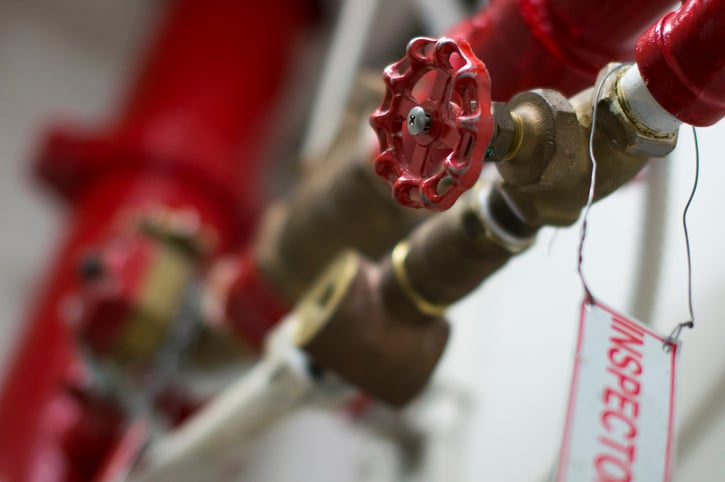
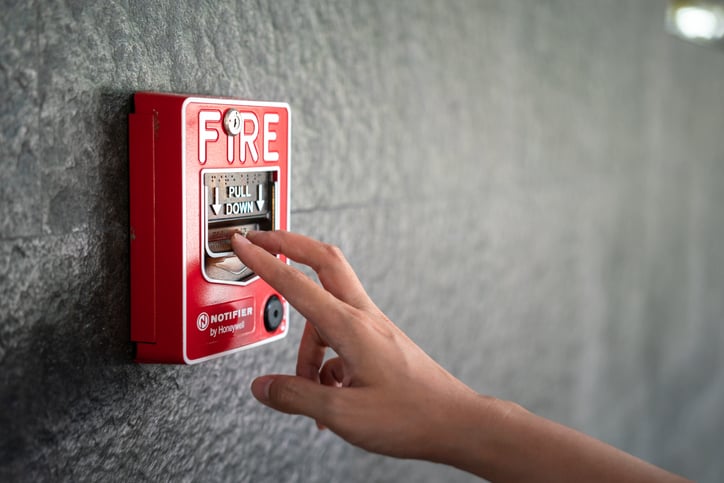
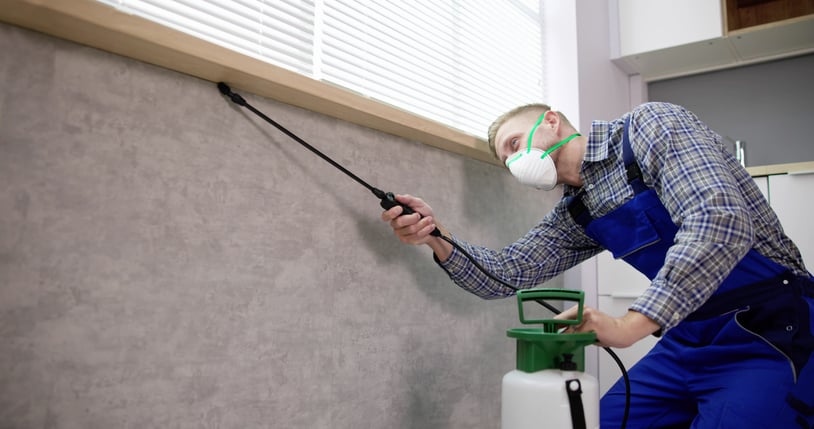
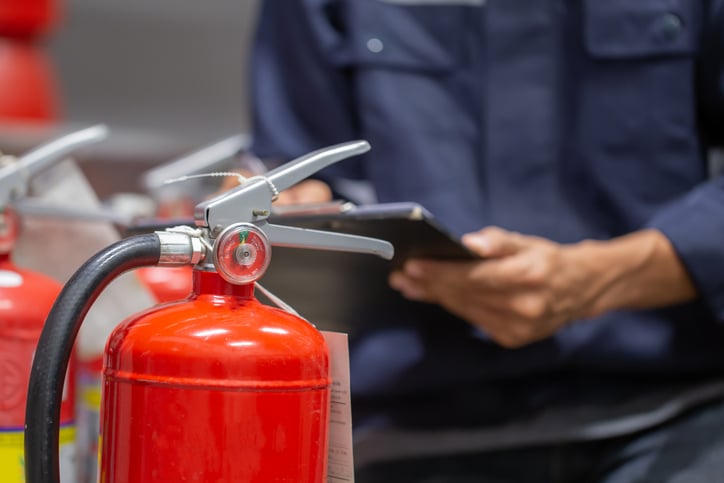
Experience the power of Maintenance Care first-hand by getting a demo or trying our FREE forever software.
Maintenance Care's computerized maintenance management system is powerful, user-friendly, and highly efficient. It allows you to access all your maintenance work easily from wherever you are and at any time.
With our full-featured, comprehensive CMMS maintenance program, you and your team can easily manage work orders, preventive maintenance scheduling and asset tracking in your facility from your desktop or mobile device.
© 2025 Maintenance Care | ALL RIGHTS RESERVED